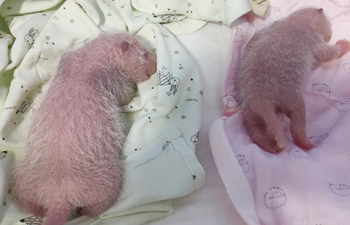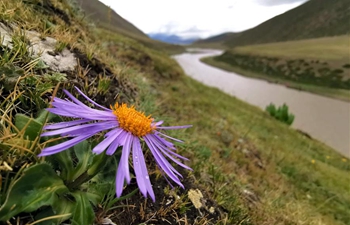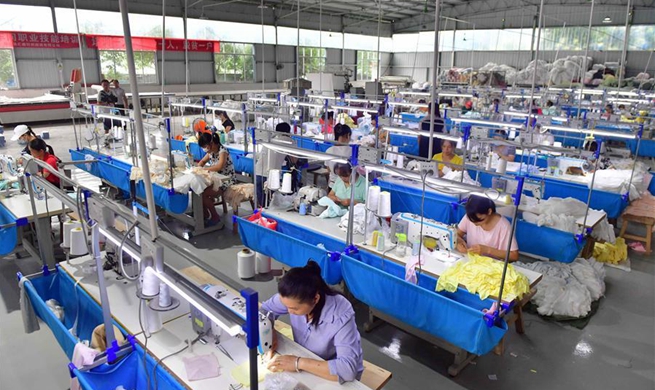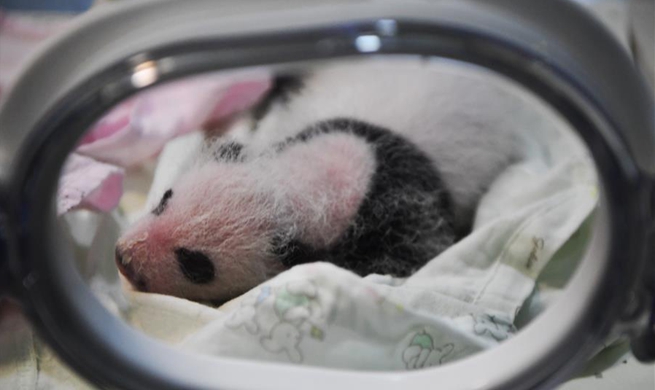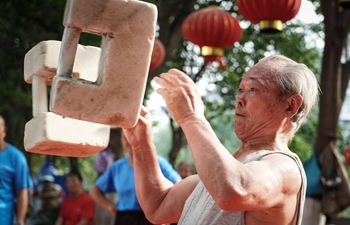BUDAPEST, July 16 (Xinhua) -- A rare Bronze Age treasure was discovered by archaeologists of Hungary's Eotvos Lorand University (ELTE) in the Baradla dripstone cave in northeast Hungary, local media reported here on Tuesday.
"Hidden under 20-30 centimeters of limestone sediment, archaeologists found ceremonial clothes and its ornaments dating back to the Bronze Age," leading local news portals, such as Index, reported.
"The Baradla cave, Hungary's best known dripstone cave filled with stalactites, has been researched and excavated regularly for close to 150 years, so major discoveries and great treasures are less likely to be found there nowadays, especially because the cave has been looted since the 1700s, and thousands of visitors walk in and out every day," Dr. Gabor Szabo, the chief archaeologist in charge of the excavation, told Index.
The archeologists were alerted by an enthusiastic amateur, who lit upon an object in the cave with the help of his metal detector about a week ago.
"Archaeologists found two separate groups of objects: a 5,000-years-old and an approximately 3,200-years-old collection from the Bronze Age," Szabo explained, adding that in the 1920s, gold barrels had already been discovered in the Baradla cave along with golden hair-clips.
"We were fortunate that the researched area was under a layer of concrete, and was also protected by 20-30 centimeters of limestone layers," Szabo said.
People were unaware of the fact that they had been walking over a hidden treasure.
"The current excavation revealed 59, mostly round, decorated artifacts, which could be the accessories of a ceremonial dress," according to the ELTE experts.
Among the artifacts were beautifully decorated ceramics, human remains and animal bones coming most probably from ritual sacrifices. They were put together in large heaps which, according to Szabo, point to the fact that the Baradla cave could have very well been an important ritual site thousands of years ago, drawing people from far away to a ritual center similar to Stonehenge in the United Kingdom.
The bronze objects and ceramics will be cleaned and restored, and scientists will carry out scientific research on them. The treasure will be taken to the National Museum of Hungary. The bones will be examined with isotope research, which may make it possible to determine their origins.
After excavation is complete, the site in the Baradla cave will be turned into a salt cave where people suffering from asthma and other respiratory illnesses will be cured.




